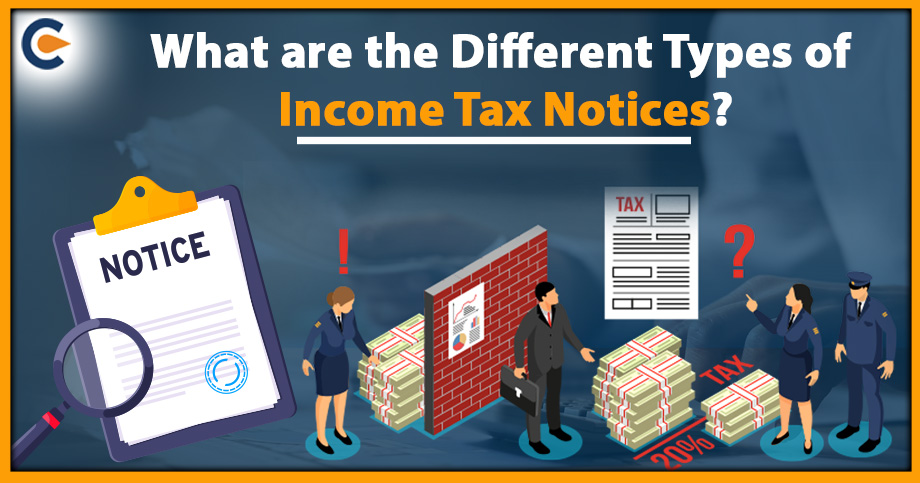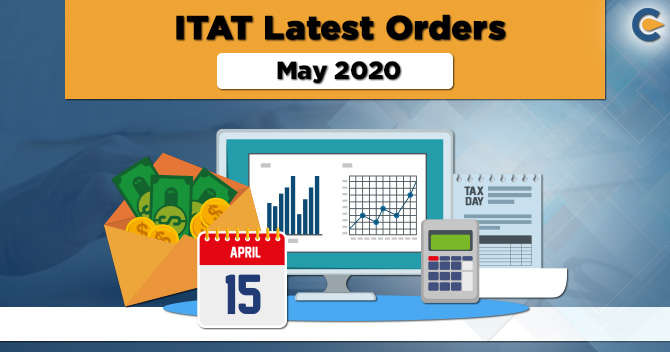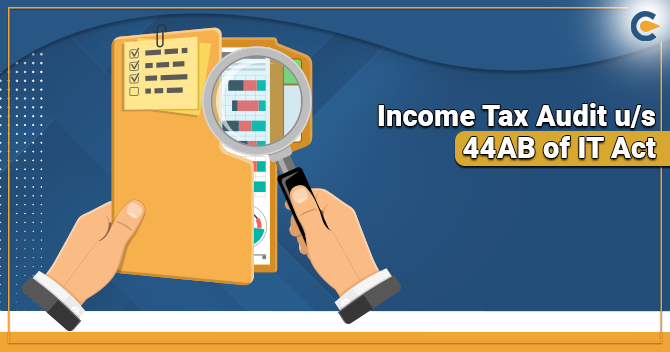Income Tax Act, 1961 prescribes different types of Income Tax notices. Each type of notice serves an independent purpose. The notices under Income Tax Act are either in the form of a summon/demand or an intimation. It’s crucial to know the difference between a notice issued in the form of a summon/demand and a notice issued in the form of an intimation. Notices issued in the form of an intimation result out of the processing of return. It is not necessary to act on an intimation whereas in case of notice of demand, it is necessary to act on it. Notices are issued by the Assessing Officer to the assessee to serve the purpose mentioned in the notice. Scroll down to check the types of Income Tax Notices in India.
Types of Income Tax Notices in India
The different types of Income Tax Notices are discussed below in detail.
- Notice under Section 139(9) for filing a Defective Return
Every person in a company or a firm or any other person is required to furnish a return of income if its income exceeds the maximum amount, which isn’t chargeable to income tax. When the Assessing Officer (hereinafter referred to as “AO”) finds any defect in the return of income furnished by the assessee, he intimates any defect, omission or commission of mistake to the assessee by issuing a notice under section 139(9) giving the assessee an opportunity to rectify the defect within fifteen days or within further time period which the AO may allow on assessee’s request.
If the assessee fails to rectify the error within the prescribed time frame, the return is considered invalid and shall be treated as if the assessee had not furnished the return at all. However, the Assessing Officer may condole the delay in furnishing the rectified return if the assessee furnishes the return after the expiry of fifteen days/the further period allowed but before the Assessment is conducted by the AO. On the other hand, if time limit for furnishing income tax return for that Assessment Year (hereinafter referred to as “AY”) has not lapsed then the assesse may file a fresh return in cases where the assessee fails to provide the rectified return and his return becomes invalid. - Notice for inquiry before Assessment under Section 142(1) – Types of Income Tax Notices
Under this section, the AO issues a notice calling upon a person to furnish the return of his income in case he has not yet furnished or to produce such documents as the AO may require to carry out the Assessment. The basic intention behind this provision is to ascertain details from the assessee before conducting the Assessment. This provision facilitates the conduct of the Assessment properly by providing a mechanism to seek the required data for Assessment. Only when the AO is satisfied with the return filed and the documents provided by the assessee, the AO shall proceed with the assessment process. Further, the assessee is obliged to comply with the notice even if the assessee believes that the accounts or the documents sought are irrelevant. Non-compliance of the notice issued under this provision may result in the following:- Best judgment assessment under section 144 of the IT Act, 1961;
- Penalty under clause (b) sub-section 1 of section 271 of IT Act, 1961
- Prosecution under section 276D which may extend upto one year along with fine.
- Notice in the form an intimation under Section 143(1)
Under this provision, the return filed under section 139 or the return filed under sub-section 1 of section 142 is assessed by the AO. Income Tax Notices under this provision is mainly in the form of an intimation. Almost every assessee receives this intimation. The intimation is basically a comparison of the data provided by the taxpayer and what the AO has concluded after the Assessment. While assessing the income, the AO makes the adjustments pertaining to any arithematical error, an incorrect claim, disallowance of any loss, deduction claimed or disallowance of any expenditure indicated or any other income not included in the return. Further, the assessee is also intimated when the loss declared by the assessee in the return has been adjusted, but no tax or interest is payable by him or no refund is due to him. However, no such intimation is permissible after the expiry of 1 year from the end of the Financial Year (F.Y.) in which the return is made.
At the time of processing the return, the income tax department issues the intimation under this section informing the assessee about any of the three situations:- More tax payable within thirty days of receiving the intimation; or
- Additional refund of tax; or
- No action is required as the return filed and the Assessment of AO match.
- Notice under Section 143(2) for Scrutiny
A notice under this provision implies that the assessee’s income has been selected for detailed scrutiny. When an assessee has furnished return but the AO is not satisfied with the return furnished by the assessee or considers it vital to ensure that the assessee hasn’t understated the income or has under-paid tax or has computed excessive loss, then the AO shall serve notice under this provision requiring the assessee to be attend the office of the AO or produce the evidence on the basis of which assessee has filed his return. However, such a notice cannot be served after the lapse of six months from the end of the Financial Year (F.Y.) in which the return is furnished. - Notice under Section 148 for income escaping Assessment
When the AO has sufficient reasons to believe that income chargeable to tax has been evaded or escaped by the assessee under section 147, AO may assess, reassess or recompute the return. However, before conducting Assessment, reassessment or re-computation, the AO has to serve notice under section 148 to the assessee requiring him to produce return of his income within such period as may be prescribed in the notice. The notice shall also contain reasons which made him believe that the assessee has escaped income.
The provisions prescribing different time frames for issuing notice depending upon the amount of income escaped are as follows:- If the income escaped is upto Rs. 1 lac, notice is to be served within 4 years from the expiry of the relevant AY by Assistant Commissioner or Deputy Commissioner or any officer in rank above them.
- If the income escaped is more than Rs. 1 lac then notice can be served in between 4 years to 6 years from the end of the relevant AY. In this case, notice is issued by the Chief Commissioner or Commissioner.
- If the income escaped is in relation to any asset situated outside India but changeable to tax in India then notice can be issued in between 4 years to 16 years from the end of the relevant AY.
- Notice for Demand under Section 156 – Income Tax Notices
Notice under this provision is served when an order is passed by a Court, Tribunal or Authority to pay any tax, interest, penalty, fine or any other sum. The AO specifies the amount payable to the assessee in the notice issued under this provision. The assessee is required to deposit the amount so ascertained in the order within thirty days from the date of income tax notice. However, no time frame is provided within which the notice should be served. If the assessee delays in payment of tax, the assessee will be deemed to be a defaulter and liable to pay simple interest under sub-section 2 of section 220 @ 1% per month or part thereof. Further, penalty under section 1 of section 221 may also be imposed. - Notice under Section 245 regarding off setting of refunds against remaining tax payable
Notice under this provision is issued when the assessee has some unpaid tax liability from the previous financial year and has some tax refunds in the current financial year. The AO can in lieu of payment of the refund amount to the assessee, set off the amount to be refunded/any part of the amount against the sum payable. However, this set off can be done only after giving proper intimation in writing to the assessee. The AO shall indicate in the notice, the amount adjusted and the effect of the adjustments on the amount due to the assessee. This makes notice under this provision more of an intimation letter than a demand notice.
Conclusion
It’s clear from the above discussion that the different types of Income Tax Notices under the Income tax Act, 1961 serve different purposes and are issued at different levels of Assessment under the Income Tax Act, 1961. However, not every notice is a cause of concern as a couple of notices are only in the form of intimation like notices under section 143(1) and 245. Most notices are issued after the filing of income tax return however, notices issued under section 142(1) are issued by AO to call upon the assessee to furnish the income tax return in case he has not. It is important to understand what the notice demands. It is also important to reply to the notice even if the assessee considers the demand in the notice irrelevant. Co-operating with the AO can save the assessee from fines and penalties. Additionally, if the assessee has not committed fraud or tried to escape tax, there is nothing to be concerned or scared of.
Read our Article:An Overall Assessment Of Income Tax Notice











